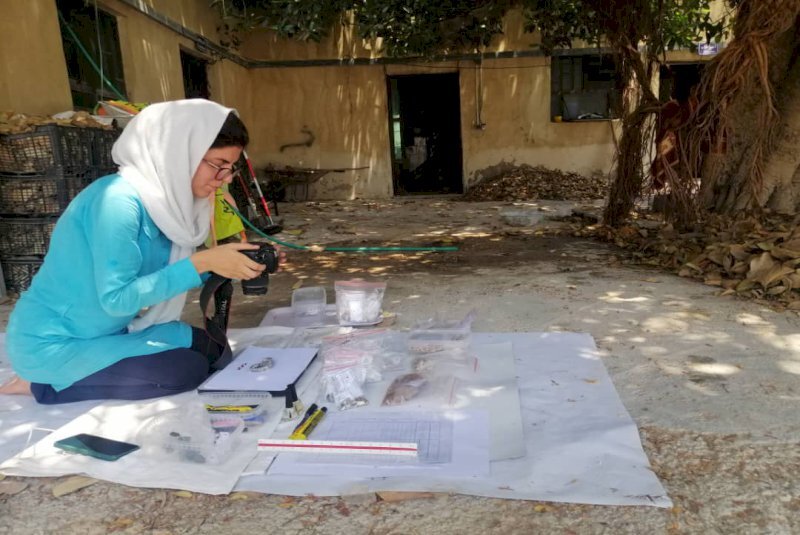INSUBCONTINENT EXCLUSIVE:
discovered in Siraf, southwestern Bushehr province.All historical pottery pieces, as well as stone utensils and glass and gypsum relics, are
being organized, studied, and documented, CHTN quoted Mehdi Azarian, the director of Siraf national heritage site, as saying on
Wednesday.Last week, the official announced that archaeological excavations in the Sassanid-Islamic port of Siraf have uncovered some
maritime heritage of the Sassanids across Siraf located on the north shore of the Persian Gulf.The majority of excavations have been carried
out in the historical core of the port city near its Jameh mosque and ruined fortresses, Azarian said.Situated in Bushehr province, Siraf
It bears plentiful evidence of Persian mastership and genius in seafaring, international relations, and interaction with other near and far
cultures and civilizations.Between 1966 and 1973, the British Institute of Persian Studies conducted seven seasons of excavation and survey
at Siraf, which was a major city on the Iranian shore of the Persian Gulf that played a leading role in the network of maritime trade that
supplied Western Asia with the products of India, the Far East, and Eastern Africa between 800 CE and 1050.The ancient port had a population
of about 300,000 during the early Islamic era and this fact shows that it was a large city
However, today, just about 7,000 people live in Siraf in a small area.Bushehr is home to several ancient ports including Siraf, which Iran
seeks to register on the UNESCO World Heritage list
Moreover, Bushehr is one of the most significant historical regions along the Persian Gulf, embracing significant monuments from the
Elamite, Achaemenid, Parthian, and Sassanid eras.Mosques, mansions, towers, fortresses, castles, and gardens are amongst the ancient gems of
Bushehr, which is also home to various archaeological mounds including Tall-e Khandaq with Sassanid architectural style, Tall-e Marv located

